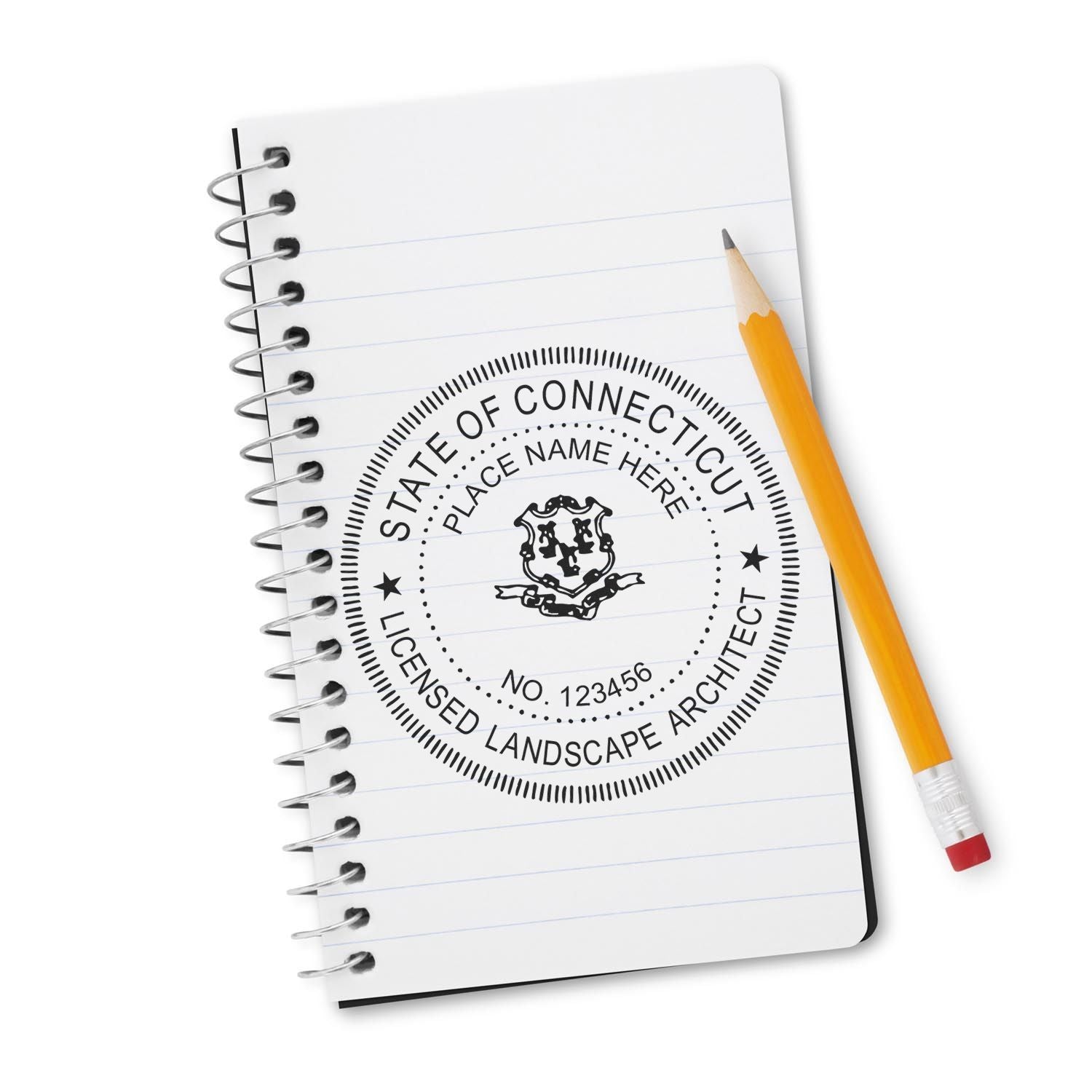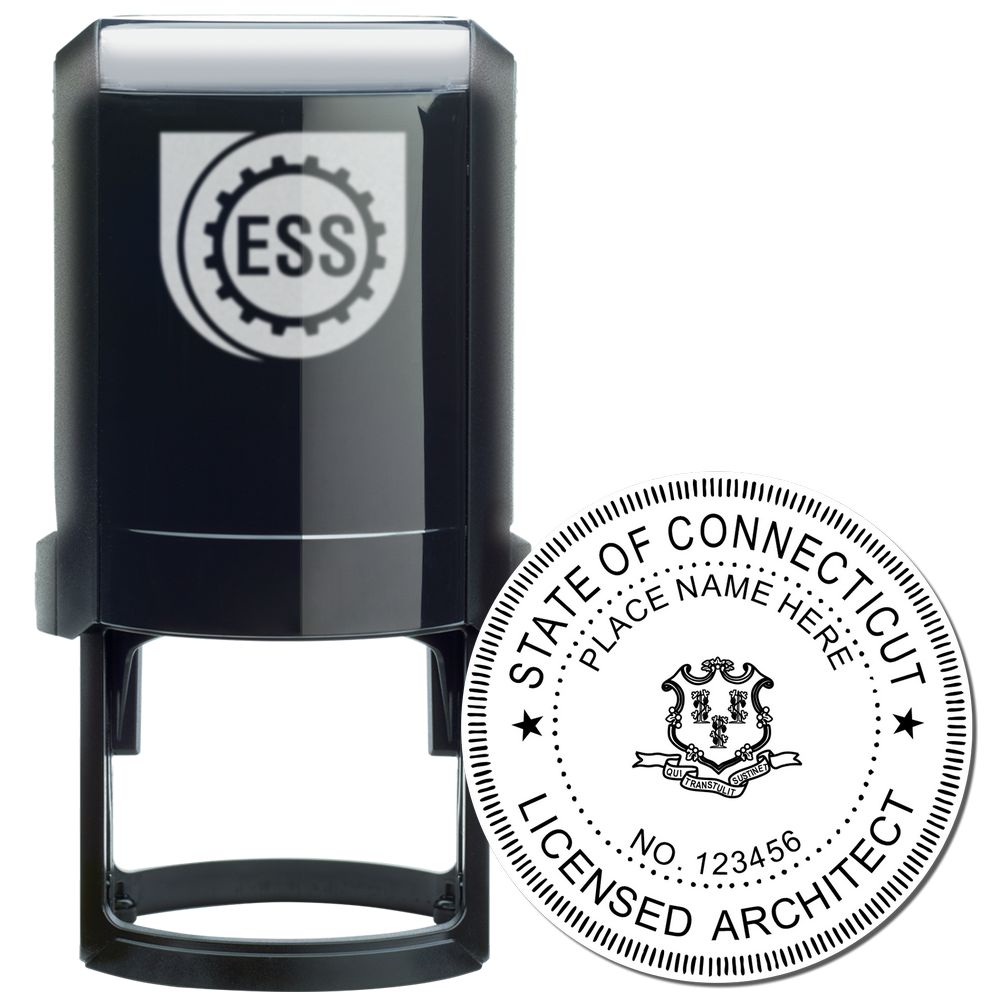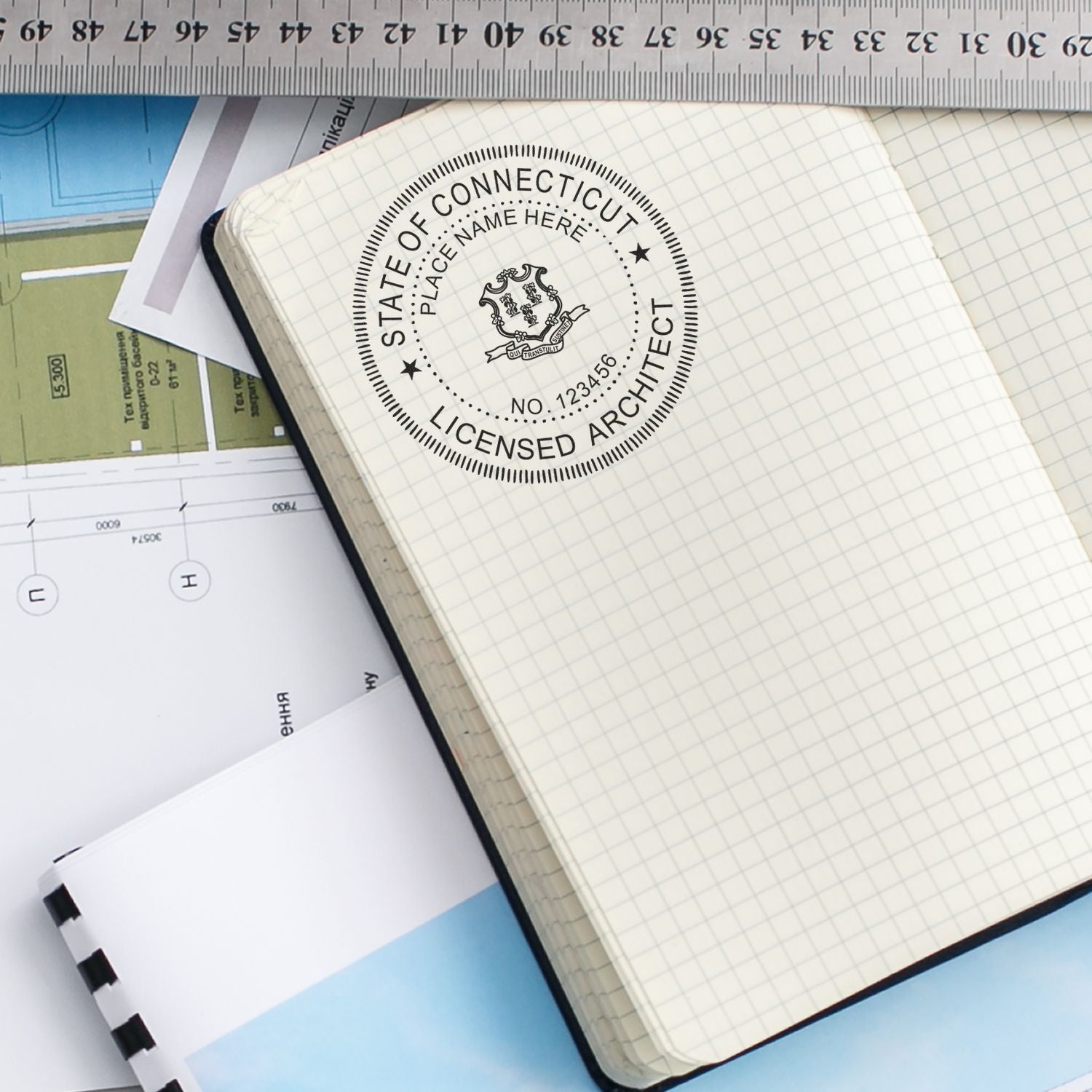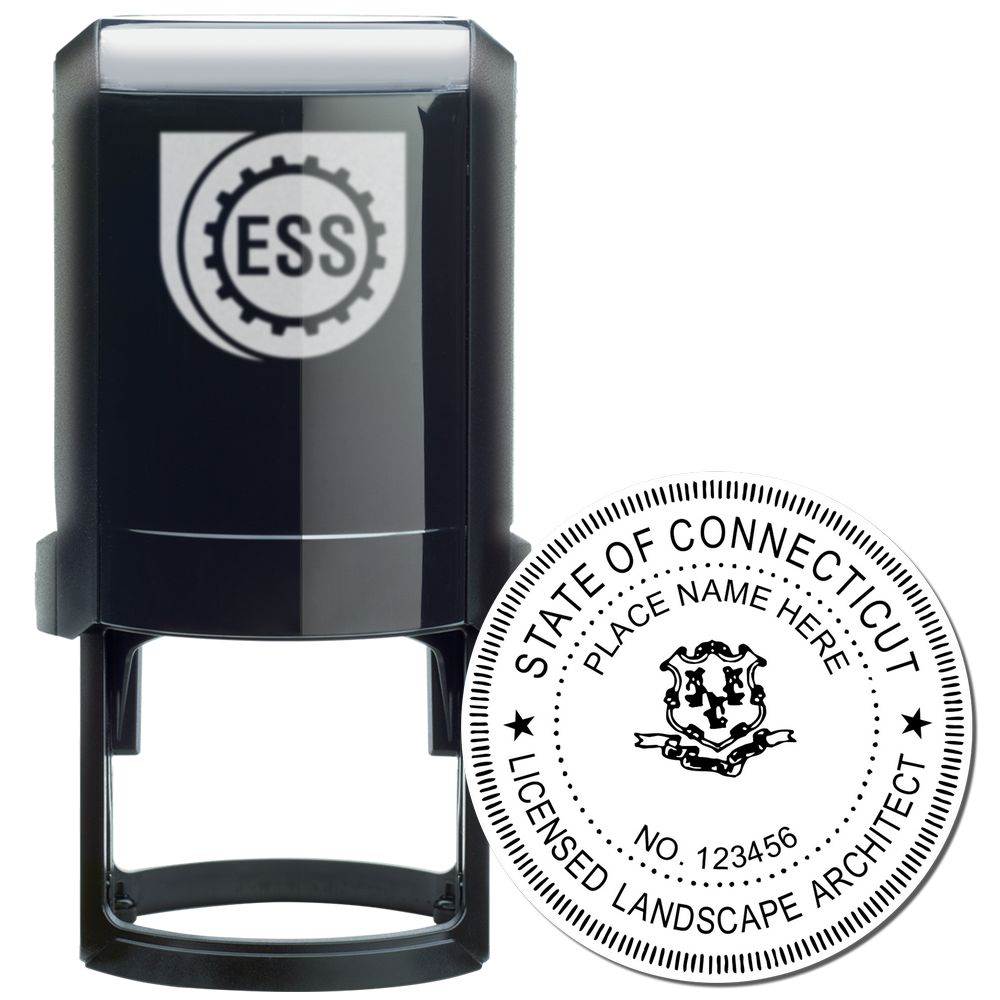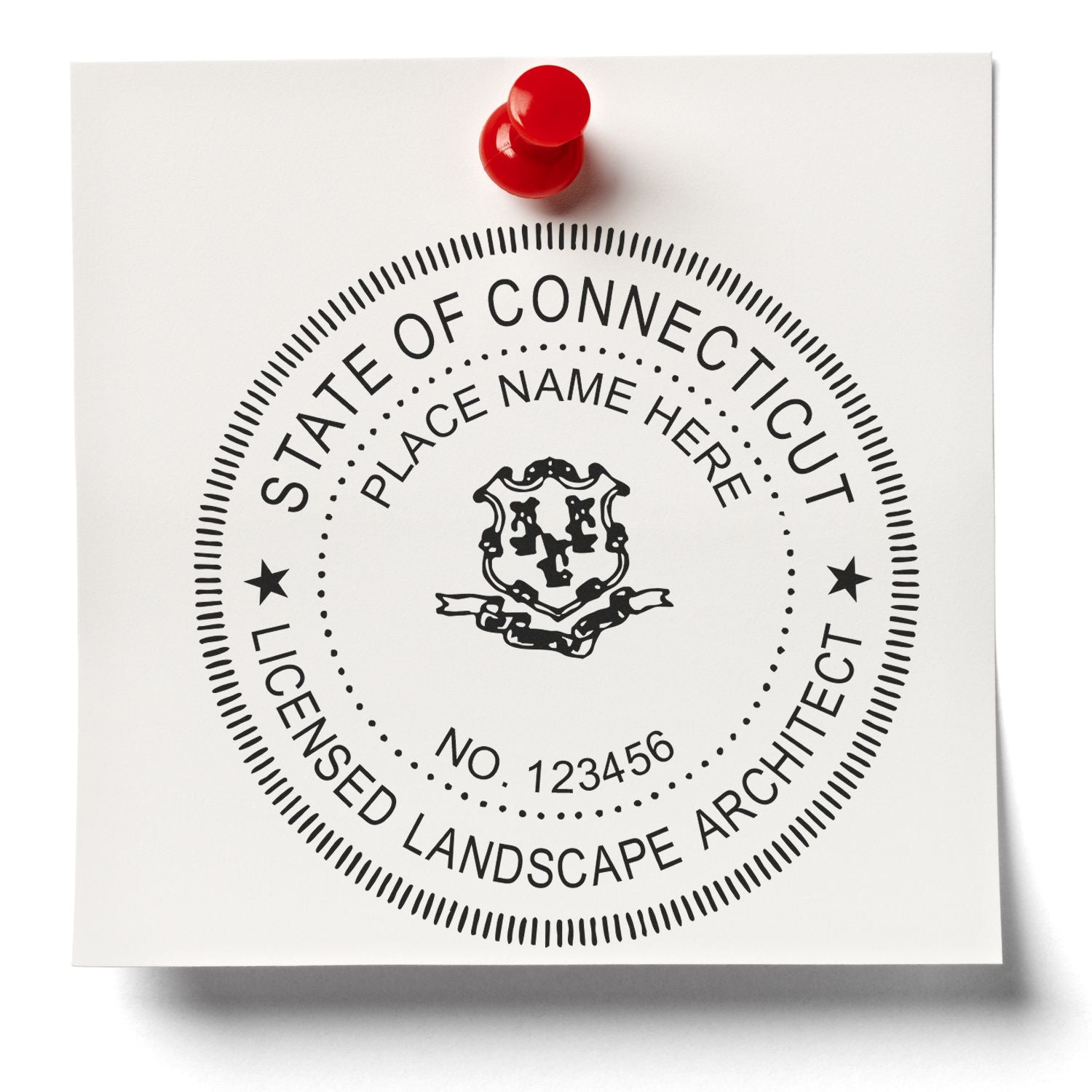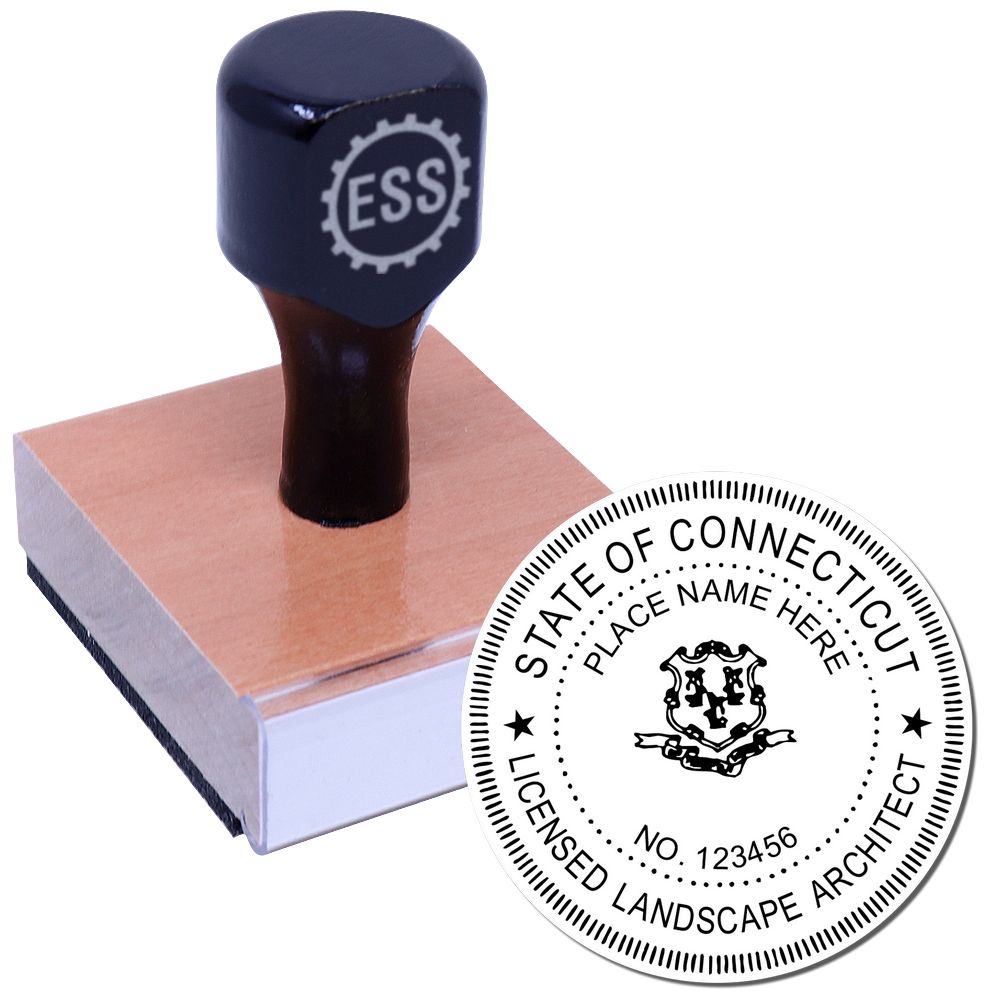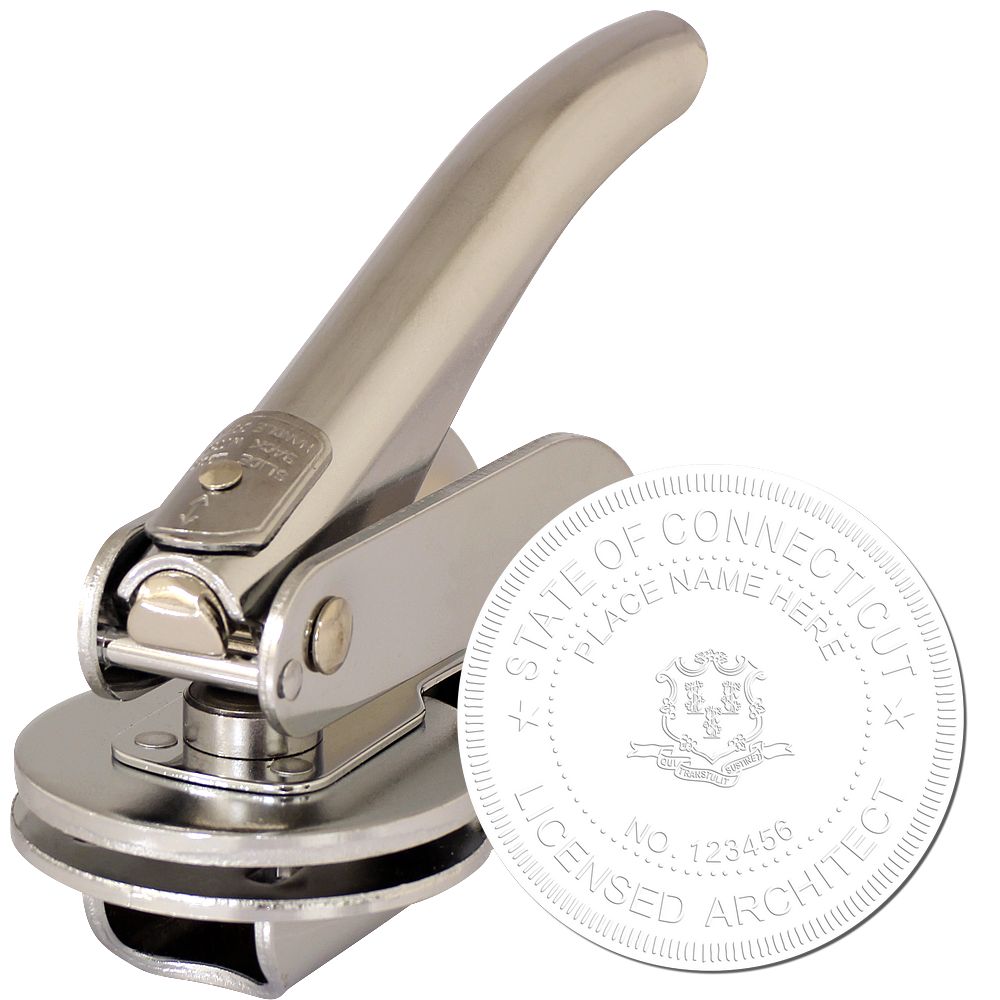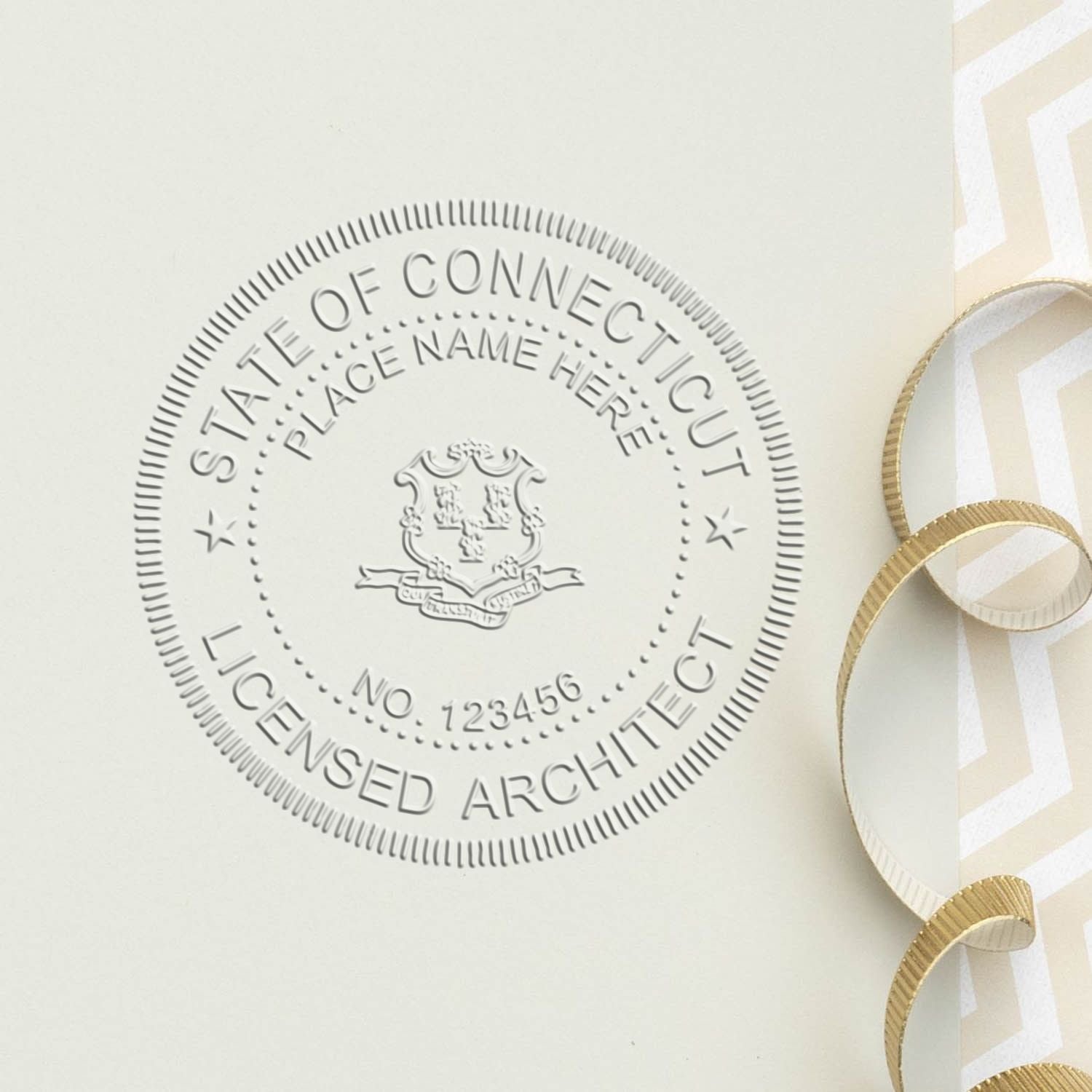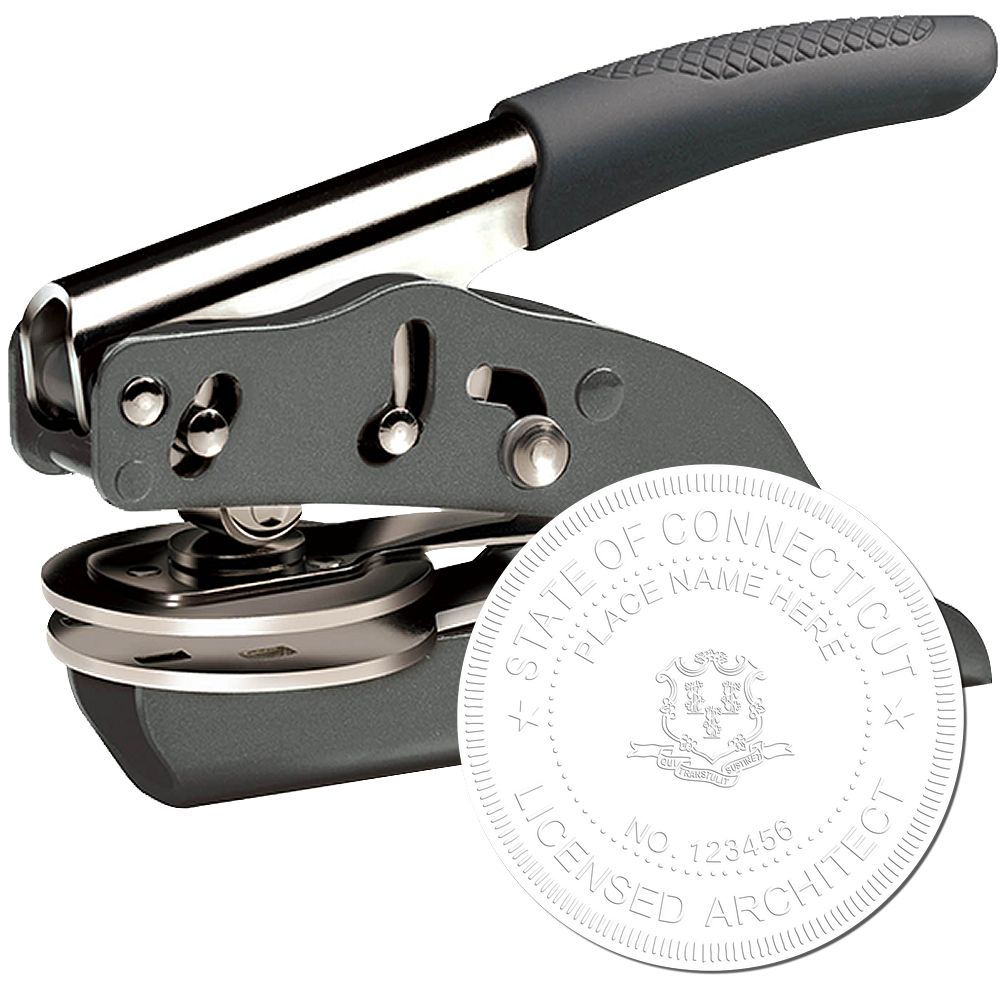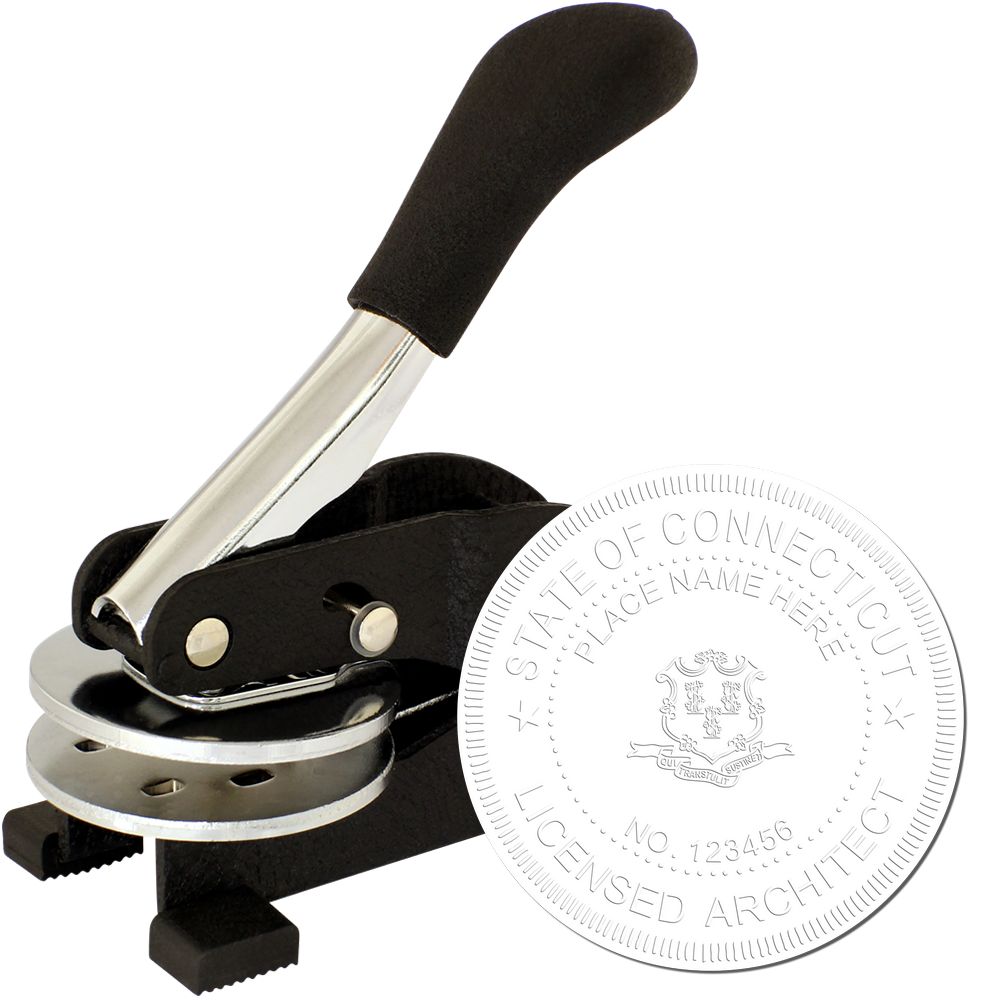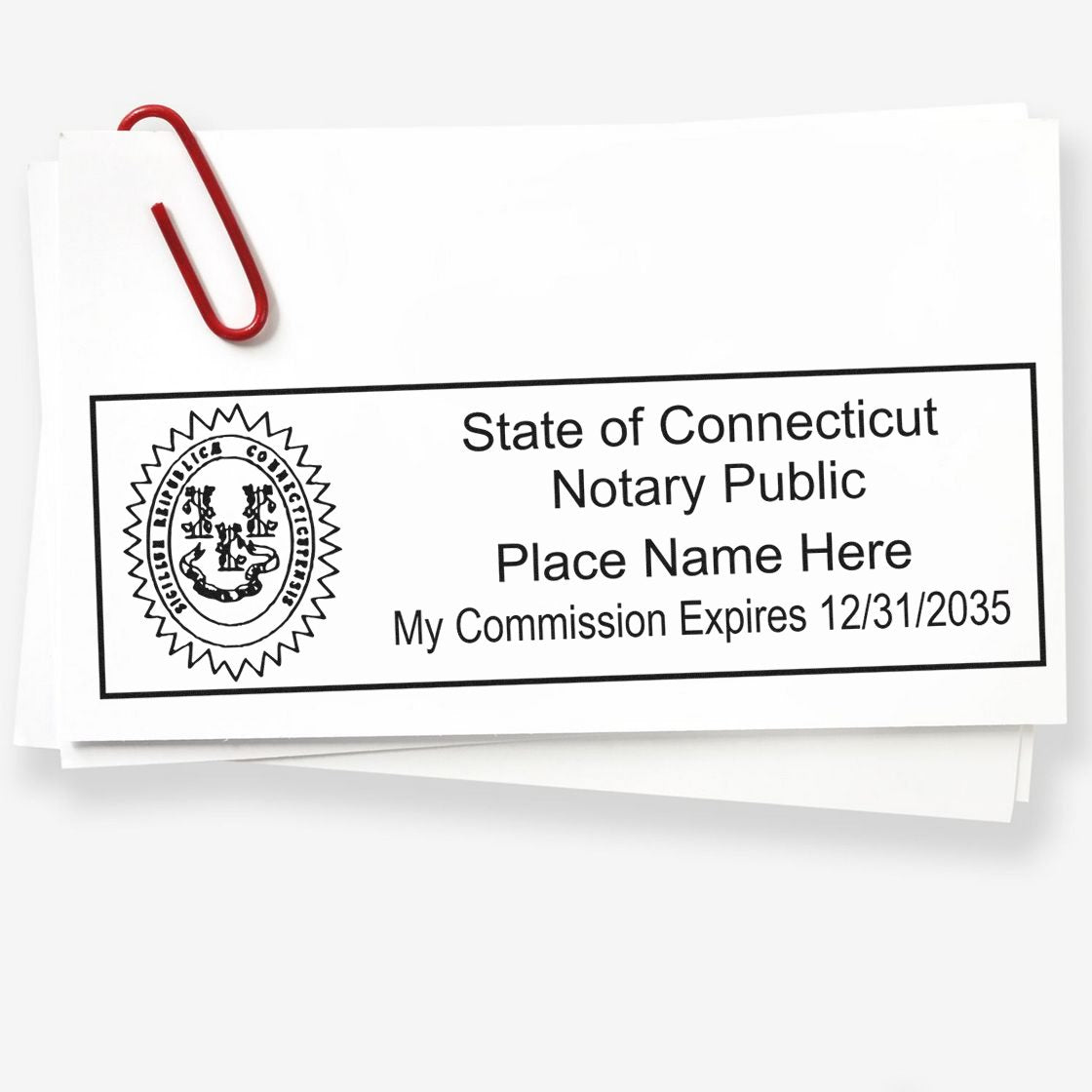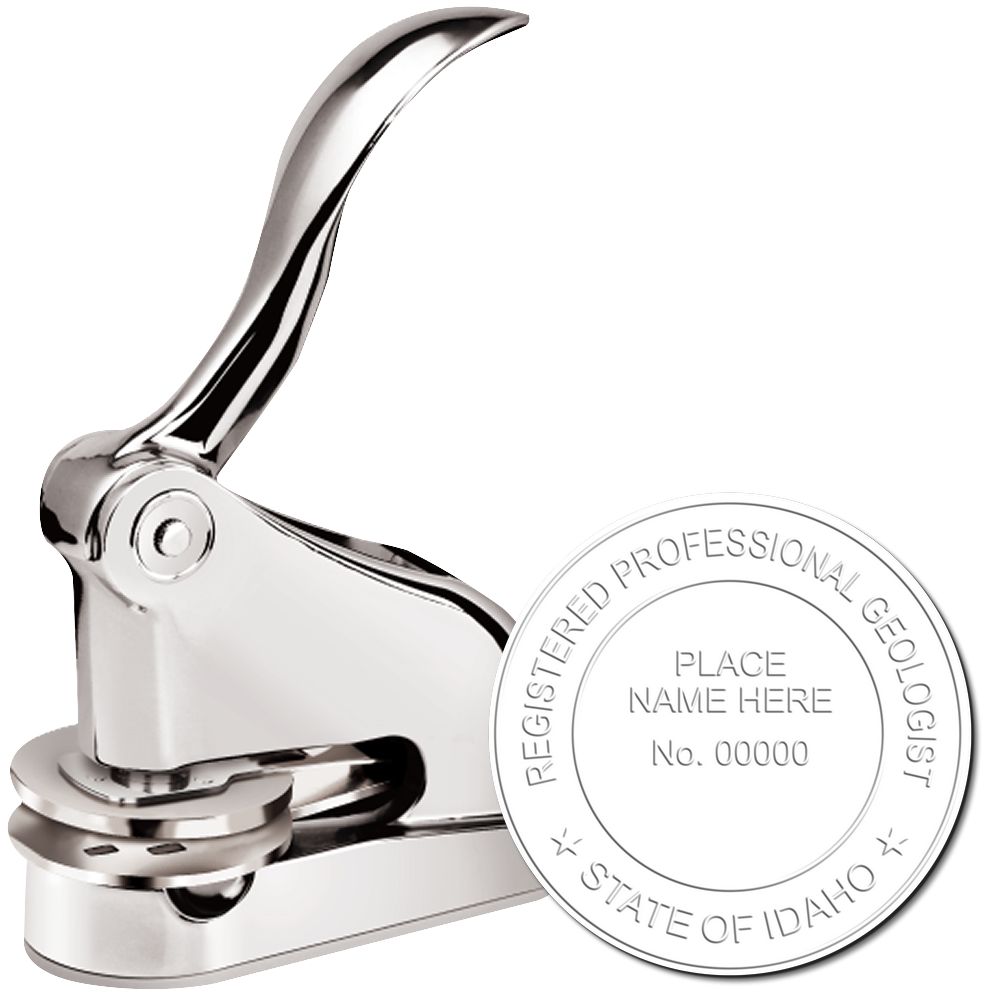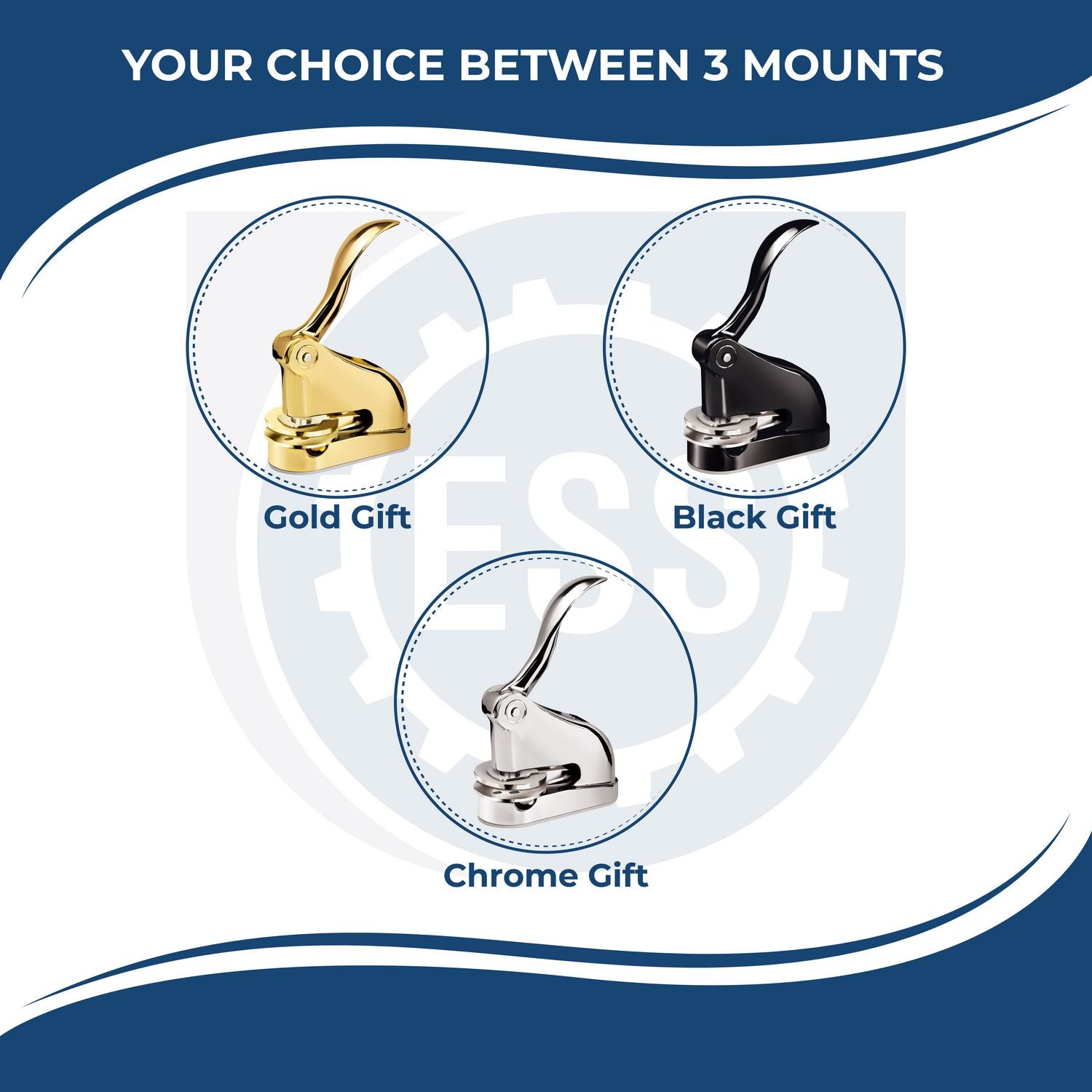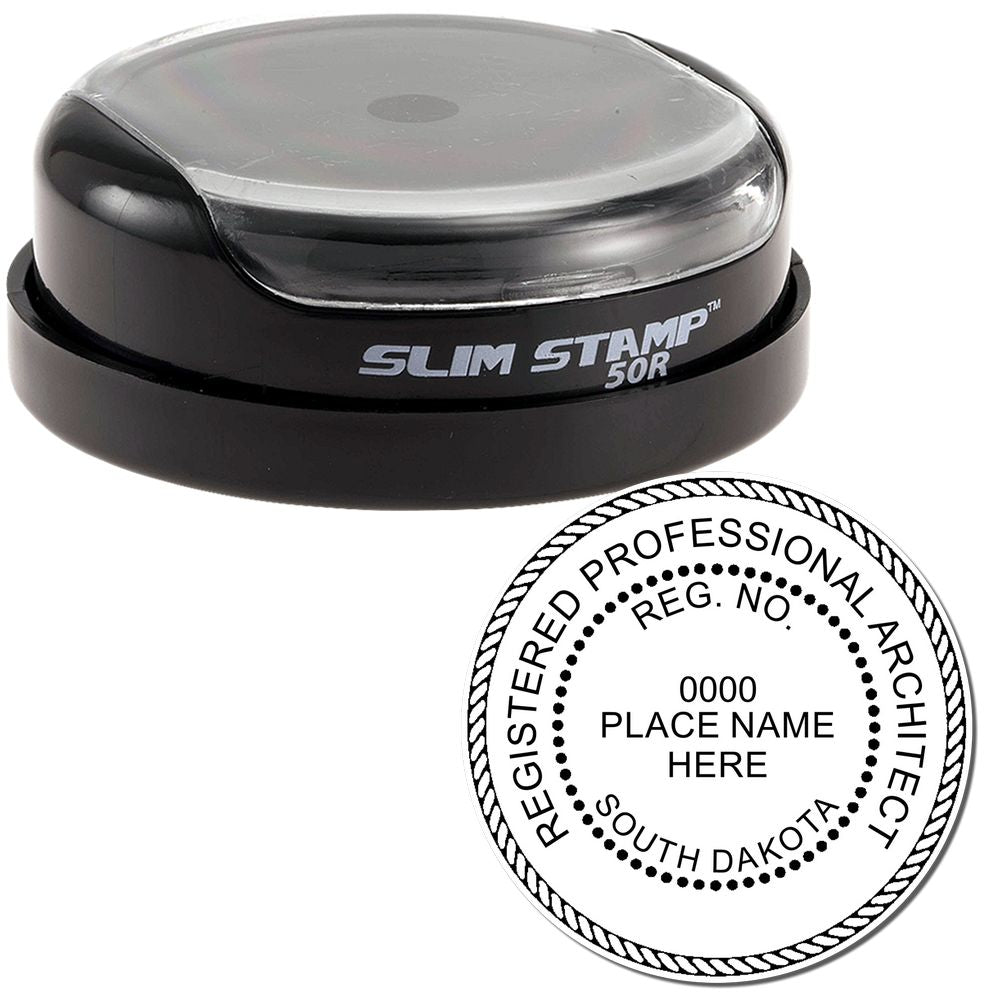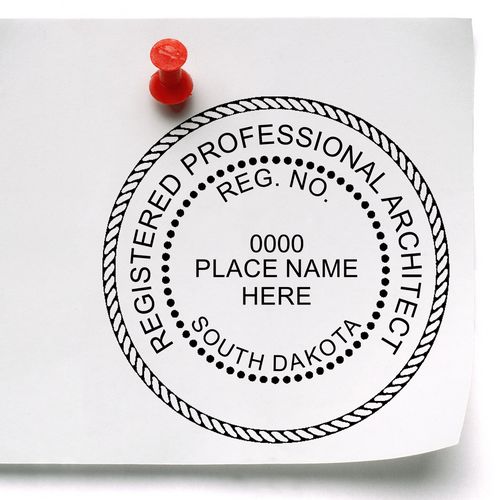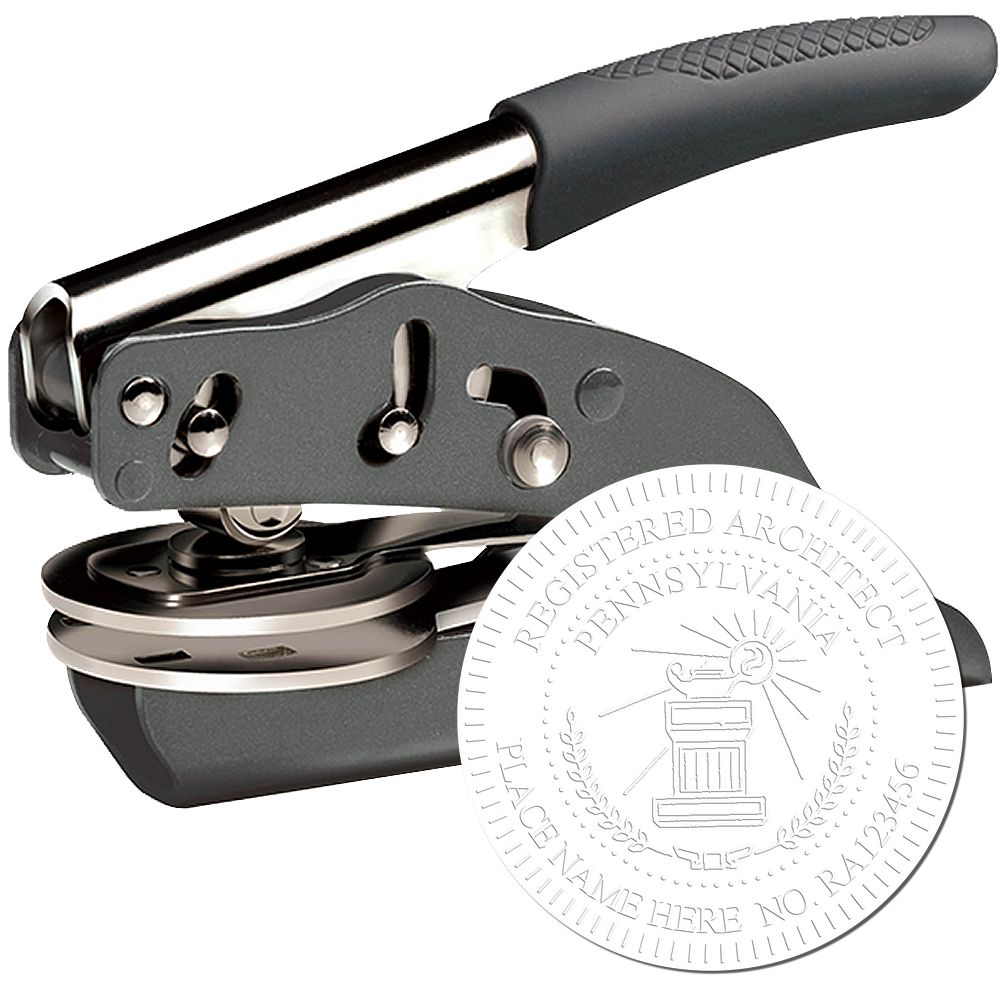The Importance of Professional Recognition
As a landscape architect in Connecticut, it is essential to establish your credibility and professional standing within the industry. Professional recognition plays a vital role in achieving this goal. It not only enhances your reputation but also signifies your commitment to maintaining high standards in your practice. Let's explore the importance of professional recognition for landscape architects and the licensing requirements associated with it.
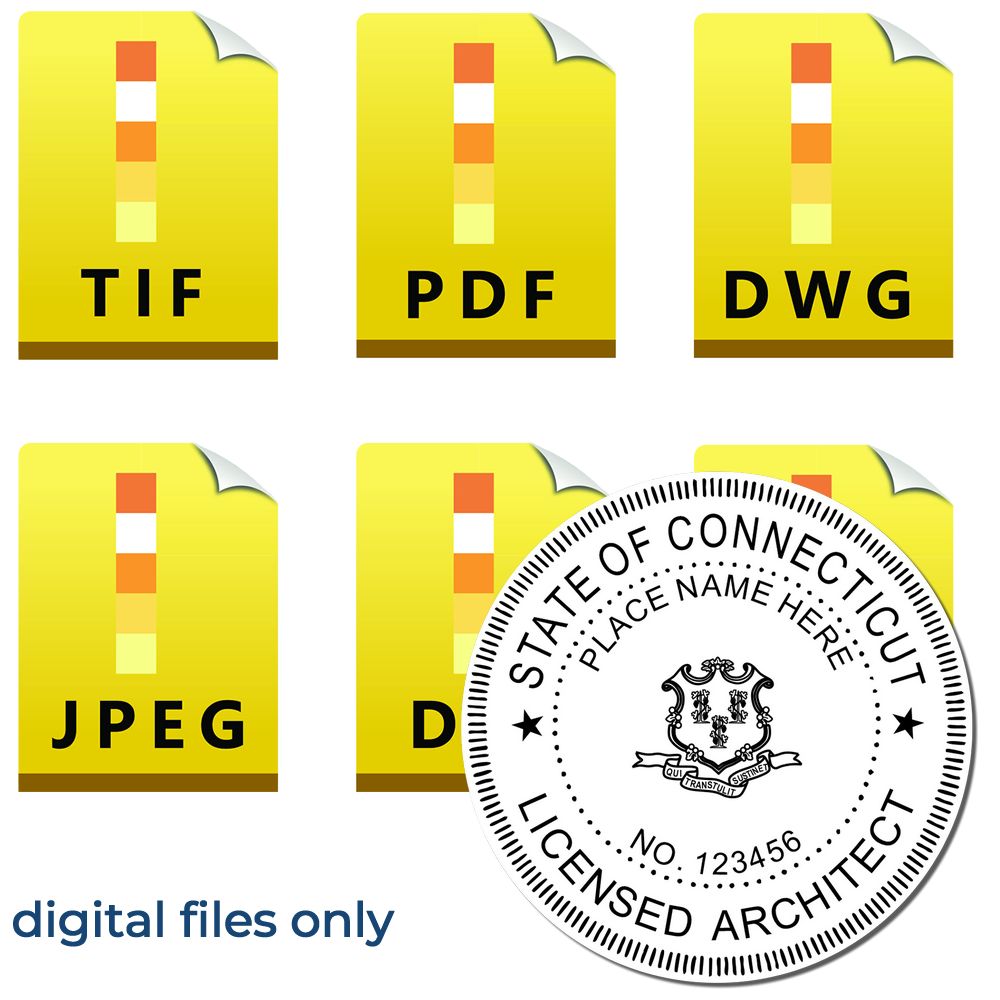

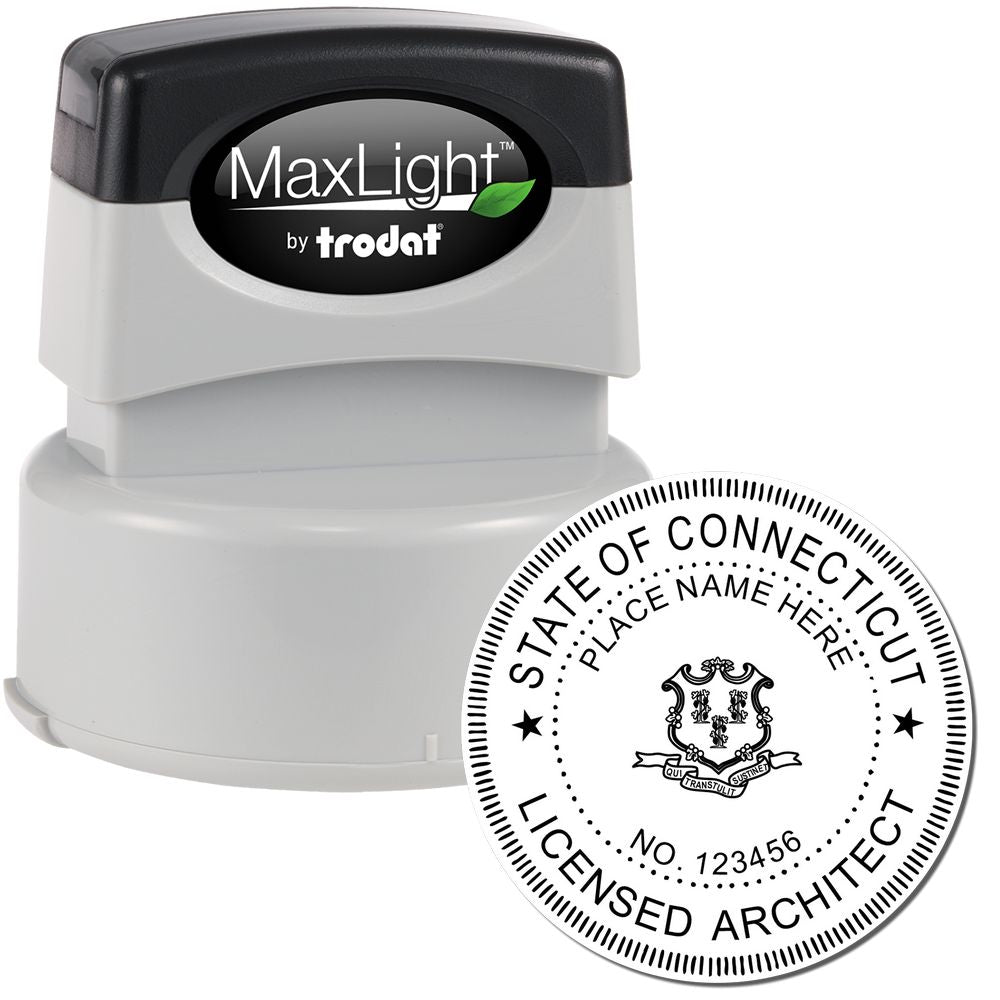
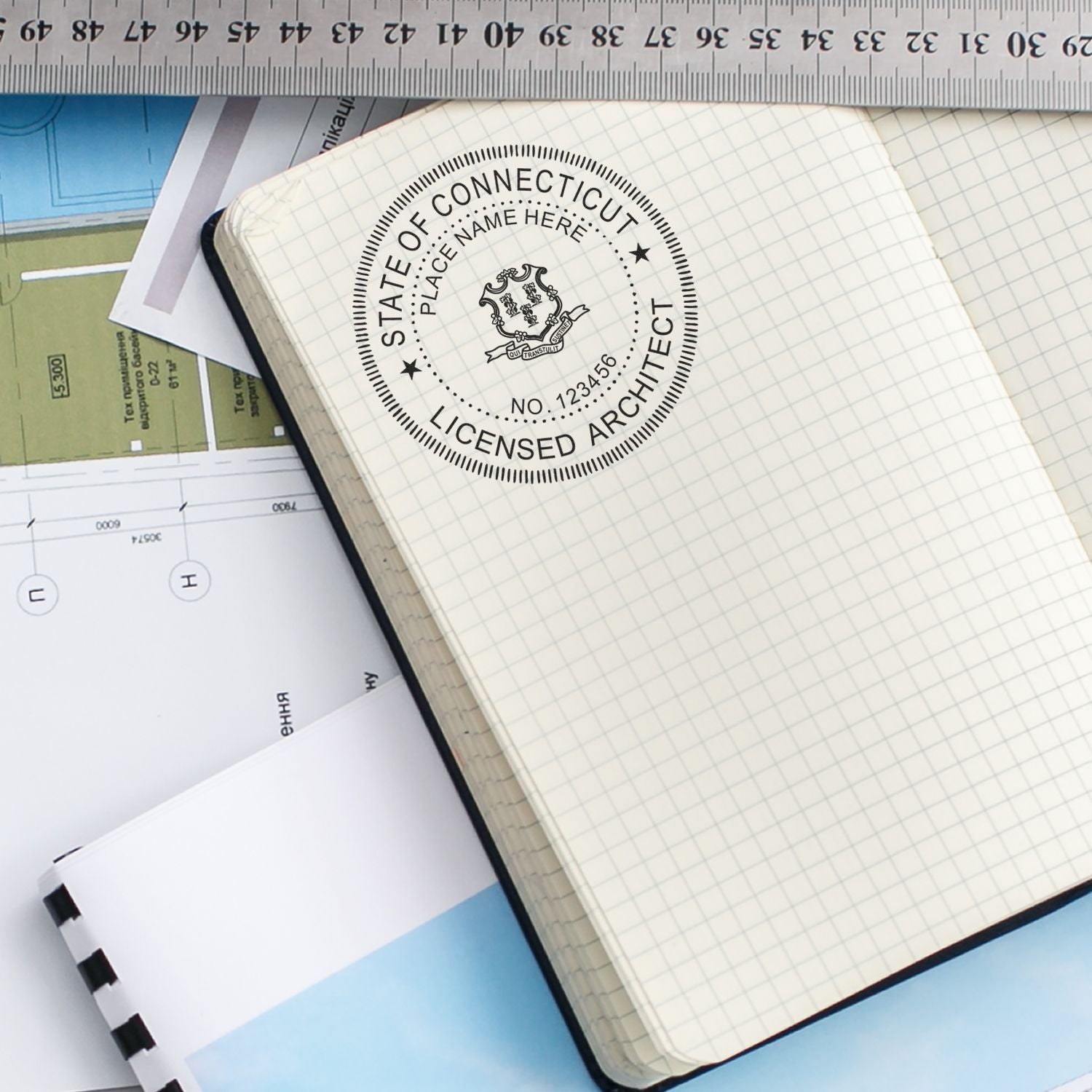
Establishing Credibility as a Landscape Architect
Professional recognition helps landscape architects establish their credibility and expertise in the field. It demonstrates that you have met the necessary qualifications and standards to practice as a landscape architect in Connecticut. By obtaining recognition, you can instill confidence in your clients, employers, and colleagues, showcasing your skills and knowledge in designing and planning outdoor spaces.
Recognition and Licensing Requirements
To practice as a landscape architect in Connecticut, you must meet the licensing requirements set by the Connecticut Department of Consumer Protection (DCP). These requirements ensure that landscape architects possess the necessary education, experience, and professional competency to provide quality services.
The licensing requirements typically include completing a professional landscape architecture degree from an accredited program, gaining relevant work experience under a licensed landscape architect, and passing the Landscape Architect Registration Examination (LARE). Additionally, landscape architects must adhere to the ethical standards set by professional organizations, such as the American Society of Landscape Architects (ASLA).
By fulfilling these requirements and obtaining professional recognition through licensure, landscape architects demonstrate their commitment to upholding the highest standards of practice and ensuring the safety, functionality, and aesthetic quality of the built environment.
To further showcase your professional status, you may consider obtaining a Connecticut Landscape Architect Stamp and Seal. The stamp and seal are official designations that indicate your status as a licensed landscape architect in Connecticut. The stamp is used to authenticate documents and plans, while the seal is used for official certification purposes. For more information on the Connecticut Landscape Architect Stamp and Seal, refer to our article on professional landscape architect stamp and connecticut landscape architect seal.
By obtaining professional recognition and adhering to licensing requirements, landscape architects in Connecticut can strengthen their professional standing and demonstrate their commitment to excellence in the field. It is essential to stay informed about the latest regulations and ethical responsibilities as a landscape architect to maintain professional standards.
The Connecticut Landscape Architect Stamp
In the field of landscape architecture, the Connecticut Landscape Architect Stamp holds significant importance. This stamp serves as a symbol of professional recognition for landscape architects practicing in the state of Connecticut. Understanding the purpose and benefits of the stamp is essential for those in the profession.
What is the Connecticut Landscape Architect Stamp?
The Connecticut Landscape Architect Stamp is an official seal that landscape architects in Connecticut use to authenticate their work and certify their professional credentials. It is a mark of approval from the state licensing board, indicating that the landscape architect is authorized to practice in Connecticut and has met the necessary qualifications.
The stamp typically includes the landscape architect's name, license number, and the words "Licensed Landscape Architect." It is used to endorse documents such as plans, drawings, specifications, and reports prepared by the landscape architect. This stamp acts as a form of verification, assuring clients, colleagues, and regulatory bodies that the work has been completed by a licensed and qualified professional.
Purpose and Benefits of the Stamp
The primary purpose of the Connecticut Landscape Architect Stamp is to establish credibility and ensure compliance with the state's licensing requirements. By affixing the stamp to their work, landscape architects demonstrate their commitment to professional standards and ethics. This stamp provides clients and stakeholders with the confidence that the landscape architect's expertise and qualifications have been verified.
The benefits of using the Connecticut Landscape Architect Stamp extend beyond credibility. Some key advantages include:
- Legal Compliance: The stamp ensures that landscape architects comply with the state's licensing regulations, preventing unauthorized individuals from practicing landscape architecture.
- Professional Recognition: Displaying the stamp on documents signifies that the work has been prepared by a licensed professional, distinguishing it from unlicensed or amateur designs.
- Enhanced Marketability: The stamp enhances the professional image of landscape architects, making them more competitive in the industry and increasing their marketability.
- Protection for Clients: The stamp provides clients with assurance that the landscape architect's work meets the required standards and has been prepared by a qualified professional.
It is important to note that the Connecticut Landscape Architect Stamp should not be confused with the Connecticut Landscape Architect Seal. While the stamp is used on documents, the seal is typically used for reproductions, such as blueprints or copies. For more information on the Connecticut Landscape Architect Seal, refer to our article on connecticut landscape architect seal.
Understanding the significance of the Connecticut Landscape Architect Stamp is crucial for landscape architects practicing in Connecticut. It not only ensures compliance with licensing requirements but also provides professional recognition and credibility in the field of landscape architecture.
Obtaining the Connecticut Landscape Architect Stamp
To obtain the Connecticut Landscape Architect Stamp, landscape architects must meet specific eligibility criteria and follow the application process and requirements set by the Connecticut Department of Consumer Protection (DCP).
Eligibility Criteria
To be eligible for the Connecticut Landscape Architect Stamp, individuals must meet the following requirements:
- Education: Applicants must hold a professional degree in landscape architecture from a program accredited by the Landscape Architectural Accreditation Board (LAAB) or an equivalent program.
- Experience: Applicants must have a minimum of four years of professional experience in landscape architecture under the supervision of a licensed landscape architect.
- Examination: Applicants must pass the Landscape Architect Registration Examination (LARE), which consists of four sections that assess various aspects of landscape architecture.
- Good Moral Character: Applicants must demonstrate good moral character and comply with the ethical responsibilities outlined by the Connecticut Landscape Architects Licensing Board.
Application Process and Requirements
The application process for the Connecticut Landscape Architect Stamp involves several steps. Here are the general requirements:
- Submit an Application: Complete the application form provided by the Connecticut DCP. Include all required information, such as personal details, educational background, and experience.
- Provide Transcripts: Official transcripts from the applicant's degree program must be submitted directly to the DCP. These transcripts should verify the completion of the required educational qualifications.
- Document Experience: Provide documentation of the applicant's professional experience, including the duration of employment, responsibilities, and the name and contact information of the supervising licensed landscape architect.
- Pass the LARE: Submit proof of passing the Landscape Architect Registration Examination (LARE) by providing the official score report issued by the Council of Landscape Architectural Registration Boards (CLARB).
- Application Fee: Pay the required application fee, as determined by the Connecticut DCP. The fee covers the processing and evaluation of the application.
Once the application is complete and submitted, it will be reviewed by the Connecticut Landscape Architects Licensing Board. The board will assess the applicant's qualifications and determine whether they meet the necessary requirements for the Connecticut Landscape Architect Stamp.
For detailed information on the design and specifications of the Connecticut Landscape Architect Stamp, as well as the process for obtaining the Connecticut Landscape Architect Seal, refer to our article on connecticut landscape architect stamp design and connecticut landscape architect seal specifications.
By obtaining the Connecticut Landscape Architect Stamp, professionals can demonstrate their expertise and commitment to the field of landscape architecture, ensuring their work is recognized and respected within the industry.
Understanding the Connecticut Landscape Architect Seal
In the field of landscape architecture, it's essential to understand the distinction between a Connecticut Landscape Architect Stamp and a Connecticut Landscape Architect Seal. While both serve as symbols of professional recognition, they have different purposes and significance.
Distinction Between Stamp and Seal
The Connecticut Landscape Architect Stamp and Connecticut Landscape Architect Seal are often used interchangeably, but they have distinct meanings. The stamp is a tool used to make an impression on official documents, signifying that a landscape architect has reviewed and approved the plans or drawings. On the other hand, the seal refers to the actual design or emblem that is imprinted or embossed on the documents.
The Connecticut Landscape Architect Stamp is typically rectangular in shape and contains important information such as the landscape architect's name, license number, and the words "Landscape Architect" or "Registered Landscape Architect." It serves as a professional identifier and indicates that the landscape architect has met the necessary qualifications and is authorized to practice in Connecticut.
The Connecticut Landscape Architect Seal, on the other hand, is the graphical representation or design that is imprinted by the stamp. It may include elements such as the landscape architect's name, licensure information, and other symbols or graphics relevant to the profession. The seal adds a level of authenticity and credibility to the stamped documents, reinforcing the professional status of the landscape architect.
Importance of Using the Seal
Using the Connecticut Landscape Architect Seal is of utmost importance in the field of landscape architecture. It signifies that the landscape architect has reviewed and approved the plans or drawings, ensuring compliance with applicable regulations and standards. The seal also serves as a visual indicator that the documents are official and have been prepared by a licensed professional.
In Connecticut, the use of the landscape architect seal is governed by specific regulations and specifications. It's crucial to adhere to these guidelines to maintain the integrity and validity of the stamped documents. For more information on the design and specifications of the Connecticut Landscape Architect Seal, refer to our article on connecticut landscape architect seal specifications.
By utilizing the Connecticut Landscape Architect Seal, landscape architects can establish their professional identity, demonstrate their expertise, and instill confidence in their clients, colleagues, and the general public. It serves as a visual representation of their commitment to upholding the highest standards of the profession.
Remember, the Connecticut Landscape Architect Stamp and Seal are not only symbols of professional recognition but also carry legal and ethical responsibilities. Landscape architects should ensure they are familiar with the regulations governing the use of the stamp and seal, as well as the ethical responsibilities associated with their practice. This includes maintaining professional competence through continuing education requirements, staying updated with industry trends, and adhering to the highest ethical standards.
By understanding the distinction between the stamp and seal and utilizing them appropriately, Connecticut landscape architects can solidify their professional standing and contribute to the integrity of the field.
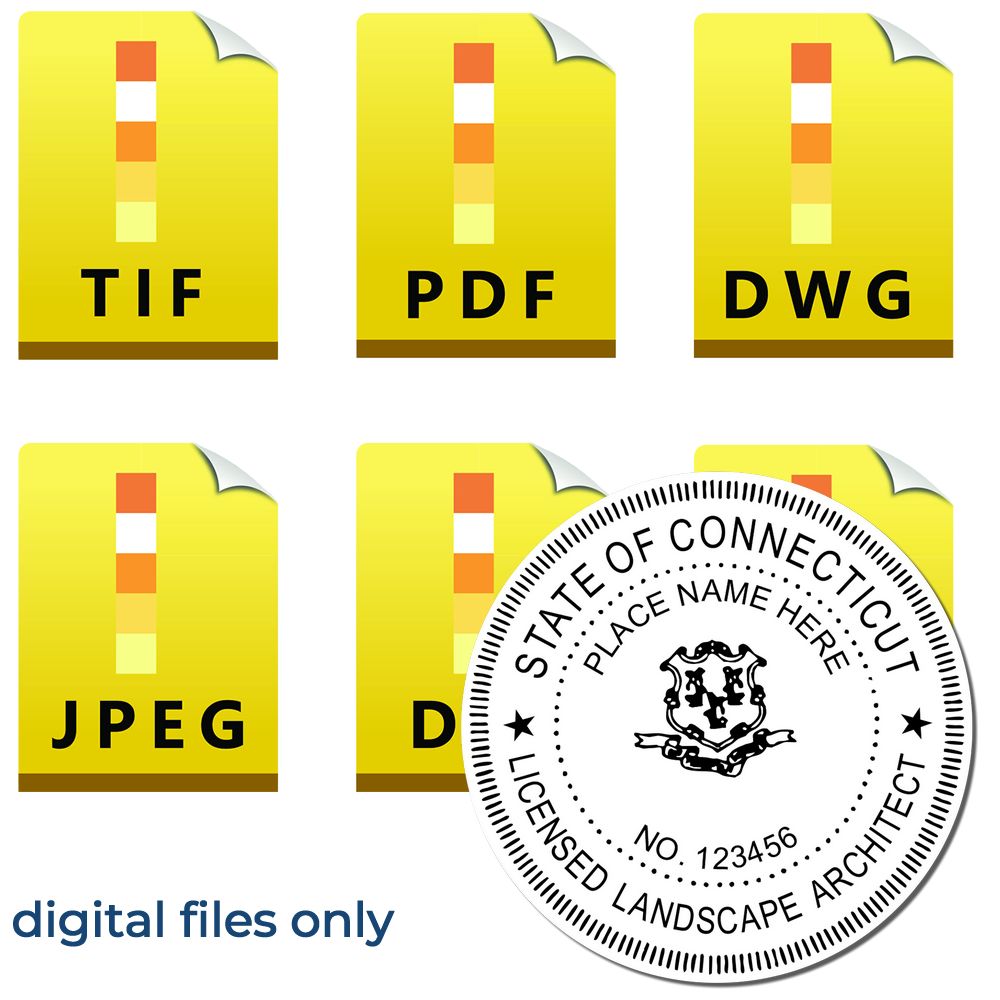

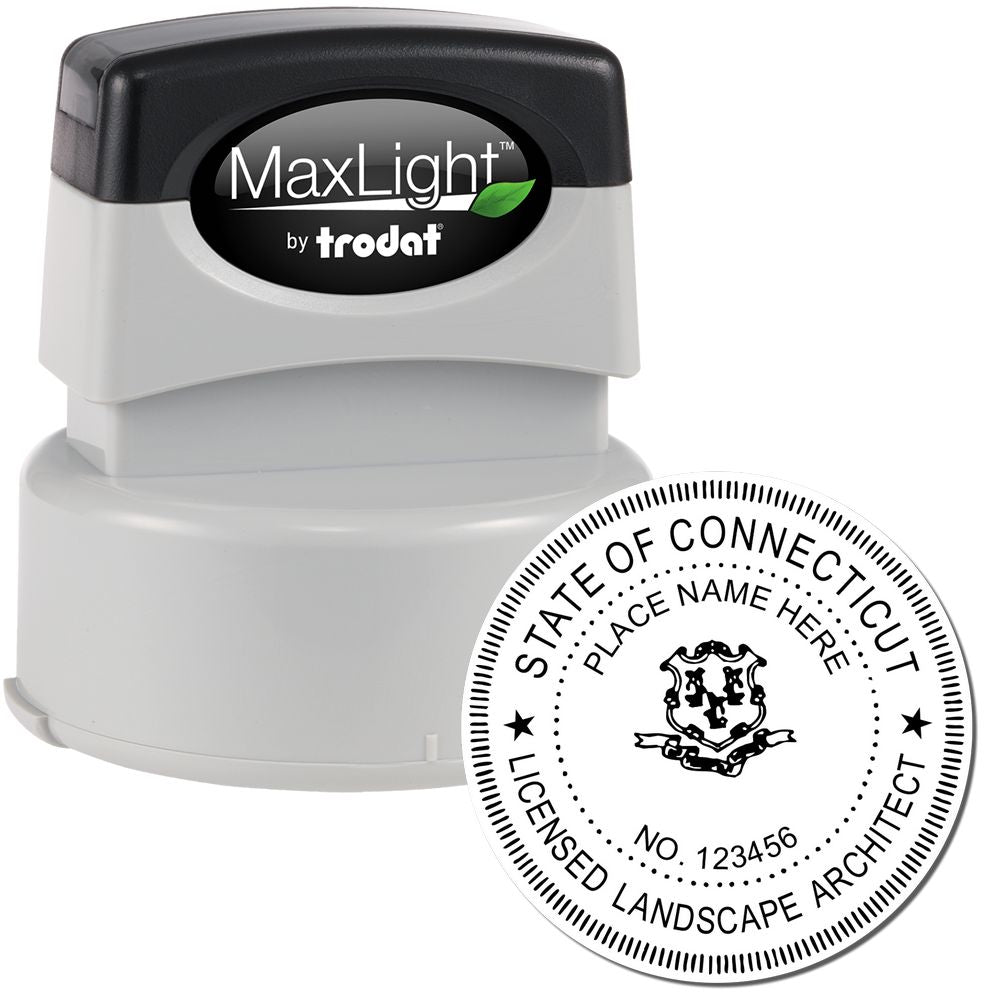
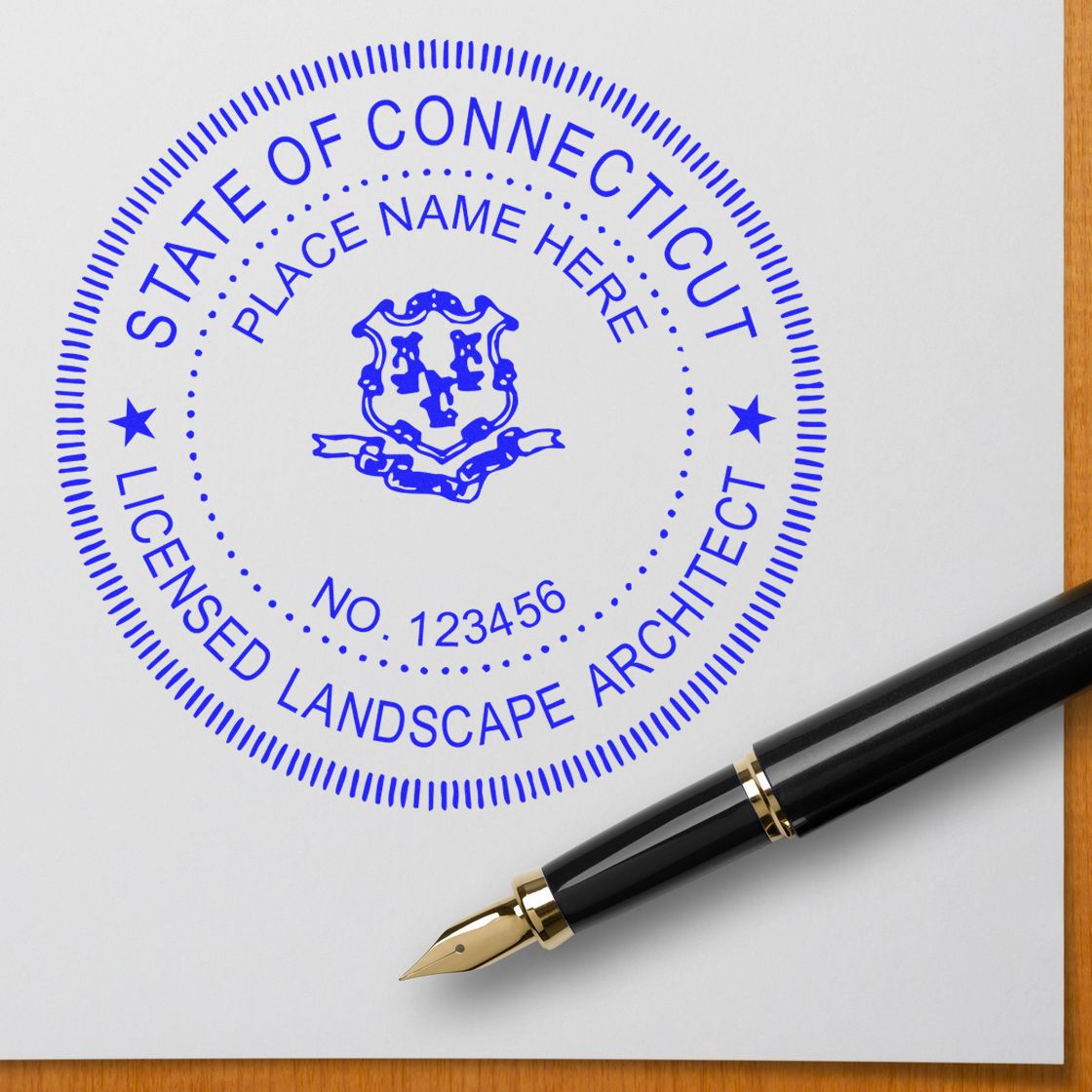
Maintaining Professional Standards
As a landscape architect in Connecticut, it is essential to uphold high professional standards to ensure the integrity of the profession. This section will discuss the ethical responsibilities of landscape architects and the continuing education requirements necessary for maintaining professional competence.
Ethical Responsibilities of Landscape Architects
Landscape architects have a responsibility to act in an ethical manner to protect the interests of the public, clients, and the environment. They must adhere to a code of conduct that governs their professional behavior. The code typically includes principles such as:
- Integrity: Landscape architects should conduct themselves with honesty and integrity, maintaining confidentiality and avoiding conflicts of interest.
- Competence: They should strive to maintain and enhance their professional knowledge and skills to provide high-quality services.
- Environmental Stewardship: Landscape architects should consider the environmental impact of their projects and work towards sustainable design solutions.
- Public Health and Safety: They must prioritize the health, safety, and welfare of the public in their design decisions.
By adhering to these ethical responsibilities, landscape architects not only uphold the reputation of the profession but also ensure the well-being of the communities they serve.
Continuing Education Requirements
In Connecticut, landscape architects are required to engage in continuing education to stay current with the latest advancements and best practices in the field. The Connecticut State Board of Landscape Architects sets specific requirements to maintain professional competence.
Landscape architects must complete a certain number of continuing education hours within each renewal period. These hours may include attending conferences, workshops, seminars, or relevant courses. The purpose of continuing education is to enhance skills, expand knowledge, and stay up-to-date with industry trends and regulations.
The specific requirements for continuing education may vary, so it is important for landscape architects to consult the Connecticut State Board of Landscape Architects for the most accurate and up-to-date information.
By investing time and effort into continuing education, landscape architects can ensure that they are equipped with the latest knowledge and skills needed to provide exceptional design solutions. It also demonstrates their commitment to professional growth and maintaining the highest standards of practice.
For more information on the Connecticut Landscape Architect Stamp and the requirements for obtaining it, refer to our article on professional landscape architect stamp. Additionally, understanding the distinction between the Connecticut Landscape Architect Stamp and Seal is important, and you can learn more about it in our article on connecticut landscape architect seal.


About ESS
At ESS, we take pride in being the leading makers of custom rubber stamps, professional seals, and notary stamps. With years of experience under our belt, we have honed our skills to perfection, delivering nothing but the best to our valued customers.
Our commitment to quality is second to none, and we go to great lengths to ensure that every product that leaves our doors meets the highest standards. We employ state-of-the-art technology and the latest industry best practices to design and manufacture our products, ensuring their longevity and precision. Our team work tirelessly to create innovative solutions that help our customers achieve their goals quickly and efficiently. We understand the importance of precision and accuracy in our line of work, and we are committed to delivering products that exceed expectations.
At ESS, we believe that our customer service is just as important as the quality of our products. We are dedicated to providing exceptional customer service, and we take the time to listen to our customers' needs and concerns. We offer a state board guarantee on all our products, giving our customers peace of mind that their investment is protected.
In conclusion, ESS is more than just a maker of custom rubber stamps, professional seals, and notary stamps. We are a team of dedicated professionals who are passionate about delivering quality products and exceptional customer service. Our commitment to excellence is unwavering, and we are confident that you will be satisfied with our products and service.

